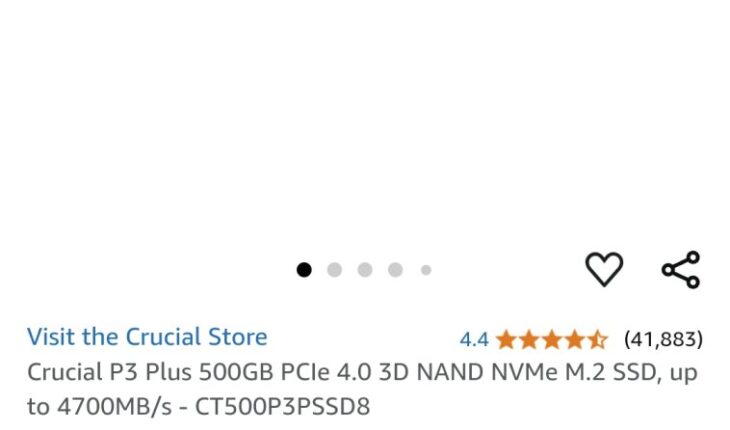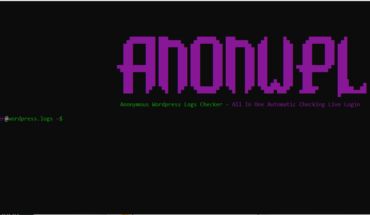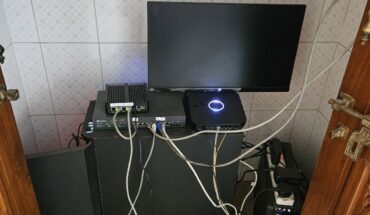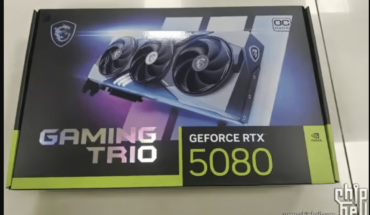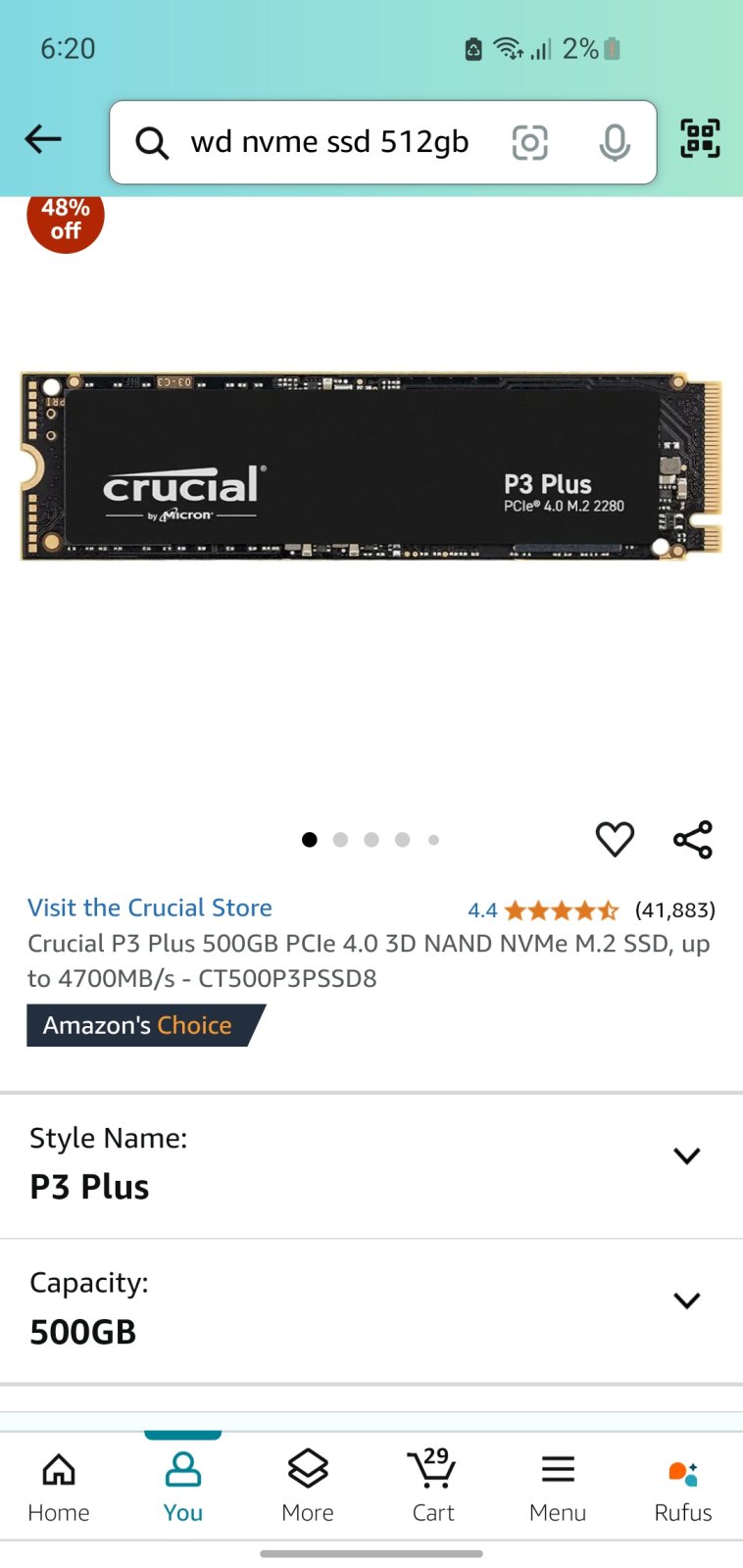
Then comes NAND type which determines the number of bits stored per cell in the flash memory, which impacts speed, endurance, and cost. There are four major types: single level cell (SLC), multi level cell (MLC), triple level cell (TLC) and quad level cell (QLC). SLC offers the best performance and durability but is very expensive, while QLC is the cheapest but lacks in performance and endurance. TLC provides a good balance b/w performance/endurance and cost.
Speaking of endurance, you should take a look at the TBW or DWPD (Drive Writes Per Day) ratings to understand the drive’s lifespan. Higher TBW indicates the SSD can handle more writes before it starts to degrade. For typical consumer usage, a TBW of 300-400 TB is usually sufficient. For intensive use (e.g., servers, video editing), look for a higher TBW rating
Finally, you should also consider the presence/absence of DRAM cache. DRAM is used in SSDs to store a map of the NAND cells and speed up read/write operations. DRAM-equipped SSDs offer much better performance, especially during heavy write tasks. DRAM acts as a cache, improving both sequential and random read/write speeds. DRAM-equipped SSDs are ideal for tasks that involve heavy write operations, such as gaming or video editing. DRAM-less SSDs tend to be slower, especially during random write operations. They typically rely on Host Memory Buffer (HMB) technology, which uses a small amount of system RAM as a cache, but it’s less effective than dedicated DRAM. They are suitable for light or everyday usage like boot drives, basic gaming, or general computing. These are cheaper but can show slower performance under heavy workloads.
I posted a guide here that you can leverage for determining which SSDs suits your use case.
Hope this helps. Sorry for any typos, using a 4.7” phone.

